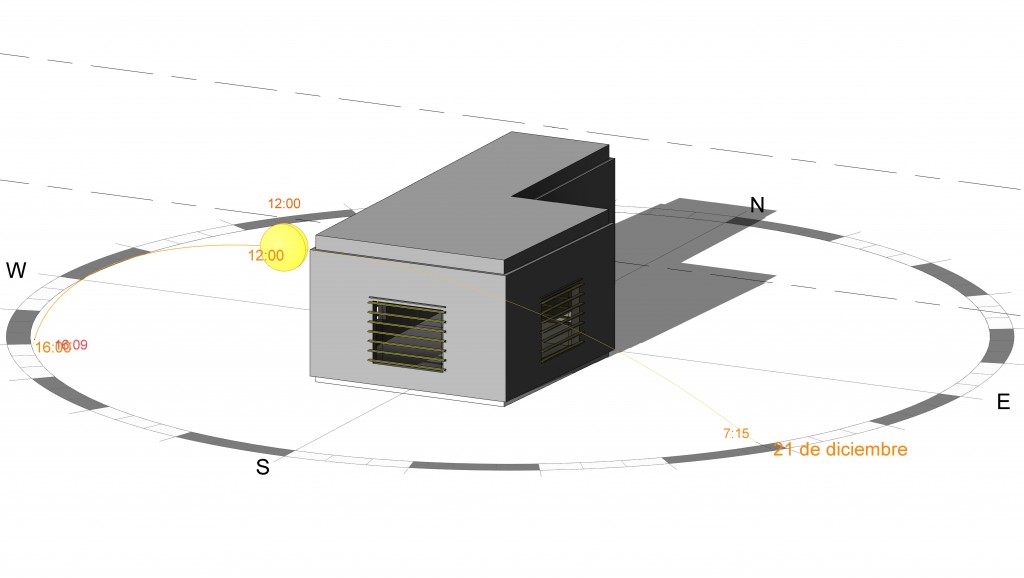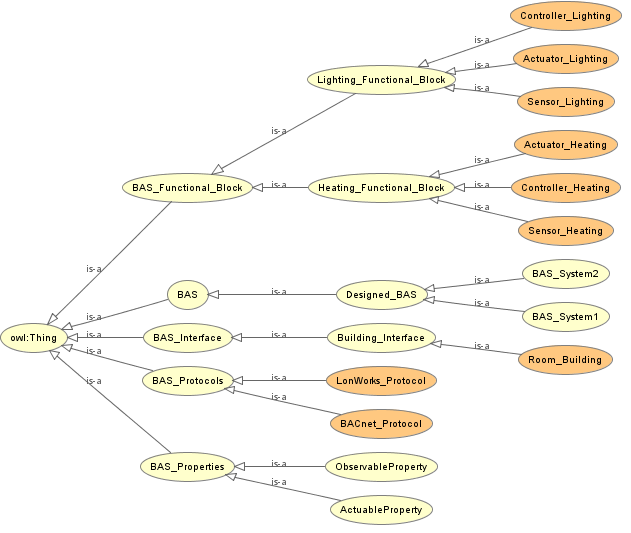Building Automation Systems (BAS), also known as building automation and control system (BACS), is a distributed system designed to manage and control building services (Domingues et al. 2016). The main purpose of BAS is to control and improve the conditions inside buildings with reduced operating costs. To this end, BAS’s core functionalities include climate comfort through optimized HVAC control schemes and air quality monitoring, visual comfort through artificial lighting and daylight control systems, safety and security systems through fire alarm, leak detection and access control, and other critical building services (Kastner et al. 2005). BAS operates primarily by monitoring sensors and meters and detecting variations in parameters that influence the comfort and operational performance of buildings, such as temperature, light and air quality index levels, as well as energy consumption. Then, through controllers and actuating devices, BAS reacts appropriately to these monitored parameters aiming to optimize the environmental quality and operating conditions of buildings.
Ontology
The proposed BAS ontology model (BAS-Ontology) was defined using the web ontology language (OWL) in Protege. A taxonomic hierarchy of the defined BAS classes is represented by the following figure:
This simplified BAS ontology includes three main categories: functional blocks, protocols and interface.
- The functional blocks category represents different BAS applications (i.e. lighting and heating systems), which are further defined by the subclasses as particular parts of the application functionalities (i.e. actuator, controller and sensor). Each of these subclasses present a well known behavior and are composed by datapoint individuals of given devices. Although certain devices can host multiple functionalities, in the proposed ontology it is assumed that each device hosts a single one.
- The protocols category defines the main communication protocols currently applied in the BAS domain (i.e. LonWorks and BACnet). It aims to provide the addressing information of different protocols through individual instances, to enable this information to be referenced by each datapoint individually, promoting the required interoperability between communication protocols.
- The interface category defines a generic semantic integration of BAS applications into the building environment, in which each datapoint can be assigned to particular building’s rooms. The properties of the building rooms, such as use and square meter area, are detailed in each room individually, which can be further used to assess comfort and economic requirements.
Additionally to the stated BAS classes, simplified examples of BAS design applications are defined, including lighting (BAS_System1) and heating (BAS_System2) systems.
Parametric model
The proposed Dynamo script for the BAS (BAS-Dynamo) defines six major function blocks: 1) design of parametric walls based on given points; 2) design of a parametric roof and floor, and definition of room spaces based on given lines; 3) definition of window per wall ratio and selection of window type; 4) manual control of brise-soleil dimensions and automatic control of curtains opening; 5) size and placement of lighting systems per room; 6) export information into a CSV file.
 The use of Protegé and Dynamo as intermediate tools to design, monitor and control BAS into a 3D model provides a valuable integration between Building Information Modelling (BIM) and BAS information which, to date, is limited in terms of resources and tools. The BAS-based ontology facilitates the integration of distinct BAS applications and communication protocols, by abstractly representing the BAS information. Such a generic model provides a central instrument that can access, configure and control heterogeneous BAS devices for design and facility management purposes. The Dynamo script enriches BIM models with BAS data and mitigates the semantic issues on communication aspects of BAS protocols, by defining generic applications of BAS. Further work can include additional elements (e.g. sensors, controllers and actuators) from various systems, and also real-time data from sensors (e.g. lighting and temperature levels, and occupancy status) to adjust control logic and visualise the monitored data by room through colored tags, diagrams or tables, as well as thermal comfort analysis.
The use of Protegé and Dynamo as intermediate tools to design, monitor and control BAS into a 3D model provides a valuable integration between Building Information Modelling (BIM) and BAS information which, to date, is limited in terms of resources and tools. The BAS-based ontology facilitates the integration of distinct BAS applications and communication protocols, by abstractly representing the BAS information. Such a generic model provides a central instrument that can access, configure and control heterogeneous BAS devices for design and facility management purposes. The Dynamo script enriches BIM models with BAS data and mitigates the semantic issues on communication aspects of BAS protocols, by defining generic applications of BAS. Further work can include additional elements (e.g. sensors, controllers and actuators) from various systems, and also real-time data from sensors (e.g. lighting and temperature levels, and occupancy status) to adjust control logic and visualise the monitored data by room through colored tags, diagrams or tables, as well as thermal comfort analysis.
References
Domingues, P., Carreira, P., Vieira, R. & Kastner, W. (2016), ‘Building automation systems: Concepts and technology review’, Computer Standards & Interfaces 45, 1–12.
Kastner, W., Neugschwandtner, G., Soucek, S. & Newman, H. M. (2005), ‘Communication systems for building automation and control’, Proceedings of the IEEE 93(6), 1178–1203.
